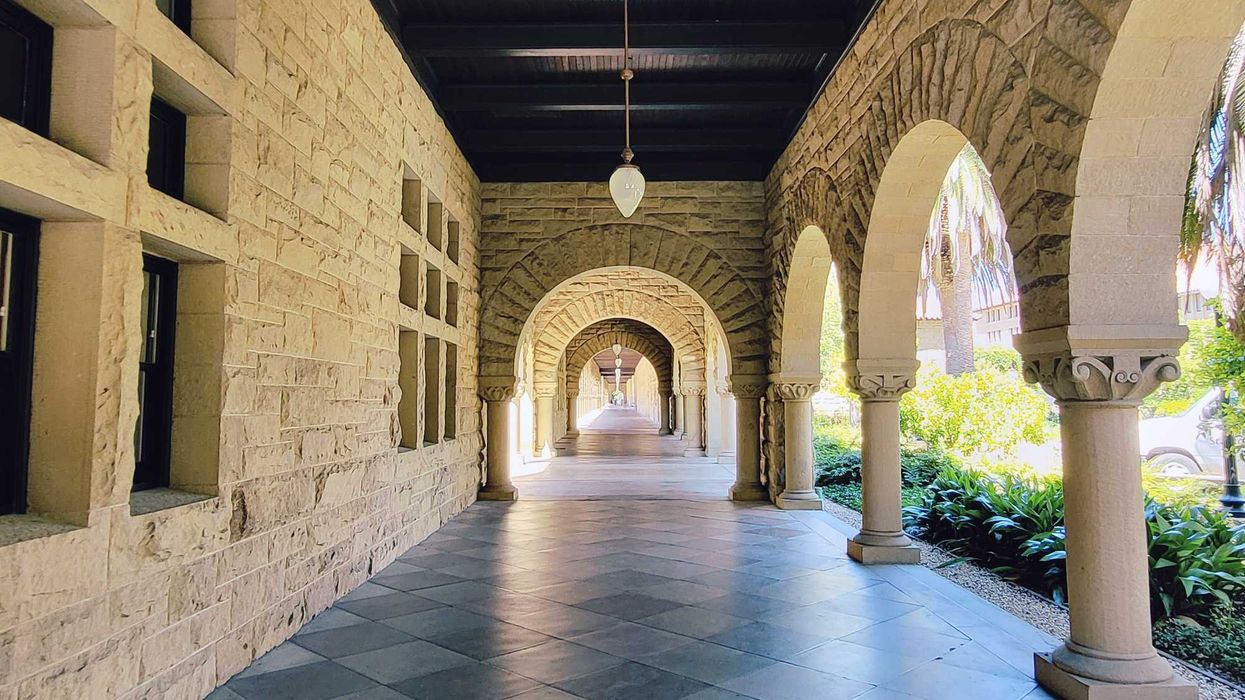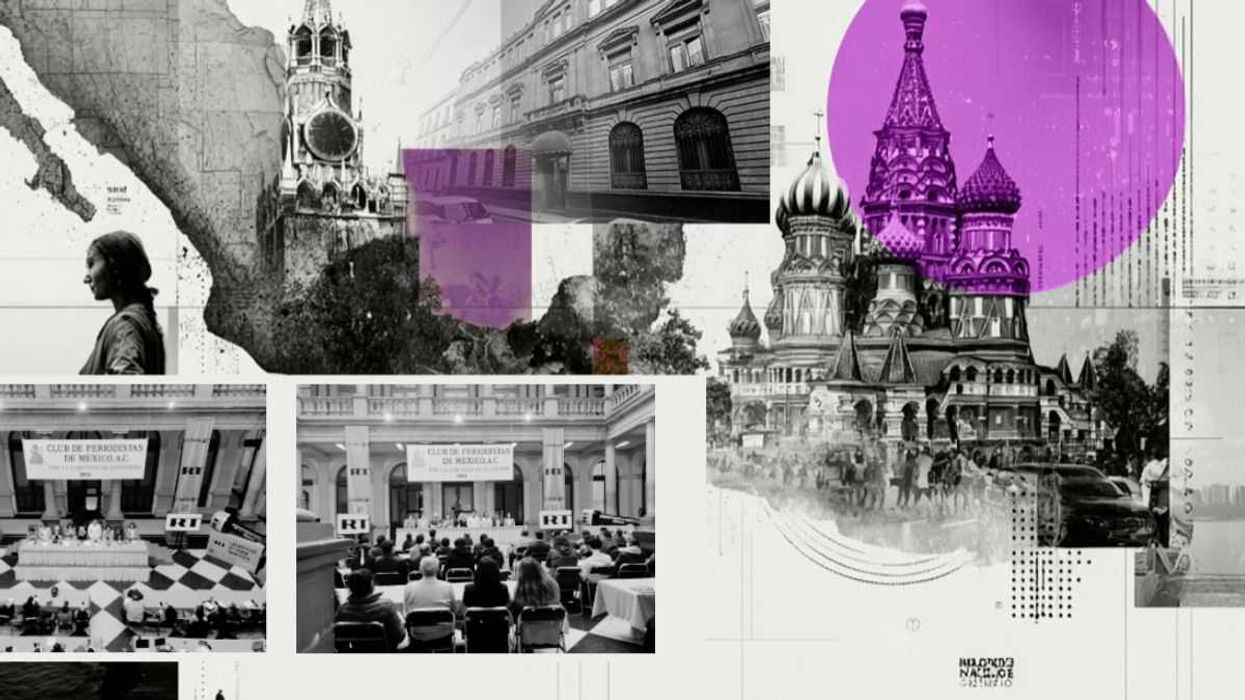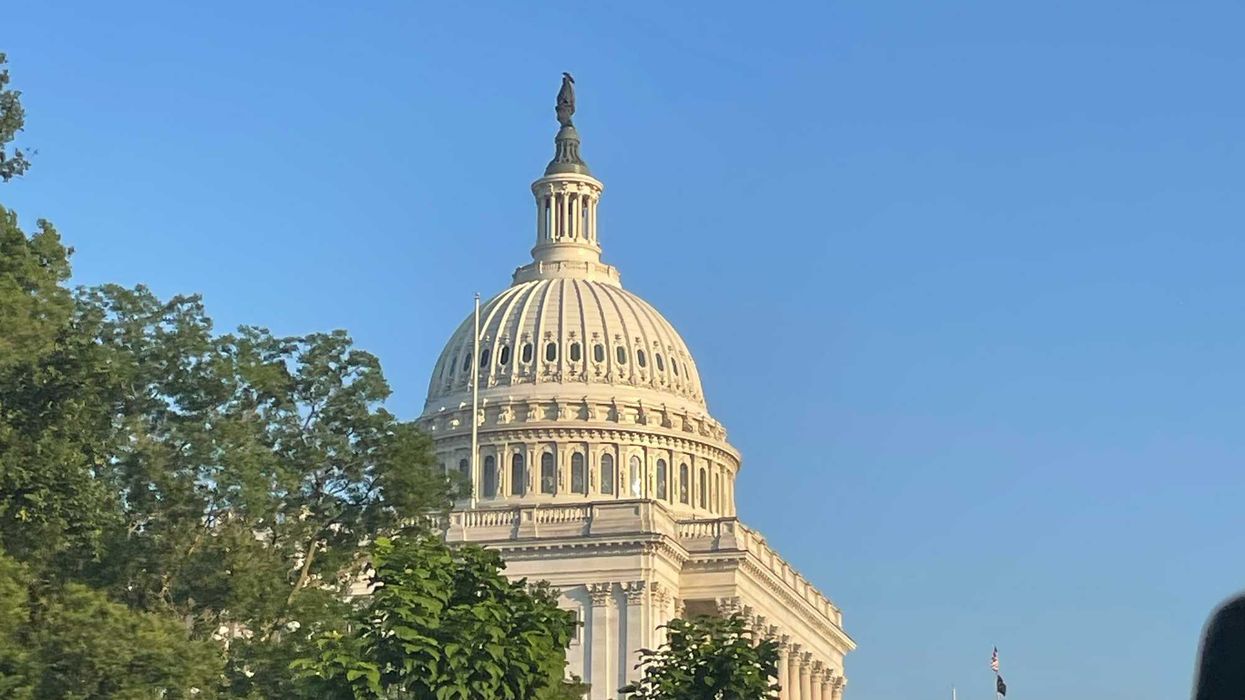The House has rewarded its special "fix Congress committee" for its wholly bipartisan and relatively productive first year by extending its life for another year, giving the panel time to tackle some of the more contentious problems on its watch list.
With polarization, dysfunction and gridlock now Capitol Hill's three defining characteristics, the panel was created in January to set the stage for different behaviors to germinate — by proposing how the House could become a more efficient, transparent and up-to-date place for members to pass bills and conduct oversight, and for staffers to help them.
The idea is that it's essential for Congress to get back some of the capacity, stature and muscle ceded in recent decades to the president and the courts — and thereby recalibrate the balance of powers at the heart of a thriving federal republic.
The extension for what was once envisioned as a one-year panel, formally the Select Committee on the Modernization of Congress, was quietly tucked into a totally unrelated procedural measure governing debate on legislation to revamp the Export-Import Bank.
The vote Thursday afternoon was 228-198, an almost totally party-line tally that belies the way the panel's Republicans and Democrats have unified behind all 29 recommendations they have made so far.
One group of ideas has centered on making the House's work more accessible to the public by, for example, creating easier access to congressional information and unifying the software lawmakers use for legislating. Another focus has been human resources improvements for staffers, including creation of an office for diversity and inclusion, more professional development opportunities and a modernized payroll system.
Even those seemingly anodyne ideas, however, cannot be implemented until the majority Democratic leadership says so — and commits to making the changes happen through internal mechanisms or, in some cases, legislation.
Speaker Nancy Pelosi has not committed to formalizing anything the panel has proposed, and she's been openly resistant to some of the more ambitious ideas being floated. (She also kept committee leaders in the dark about whether she would support an extension until hours before she arranged for it to happen, and she's not signaled whether the panel's next annual budget will be increased above the current $500,000.)
Some of the proposals so far are entirely about the House; others would have to get buy-in from a Senate that's historically been even more resistant to modernization than the House.
And the internal Capitol Hill turf battles and electoral politics anxieties will only intensify now that the special committee has until the end of 2020 to tackle much more controversial ideas. Among the things various lawmakers, "good government" groups and think tanks have asked them to propose are:
- Tightening the rules while modernizing the technologies for member's official communications with their constituents.
- Altering the congressional calendar so members are in Washington for longer stretches, with lengthened work days, more time for legislative work and fewer openings on their schedules for fundraising.
- Revamping the budgeting system to minimize the opportunities for government shutdowns while maximizing the opportunity for members to effect policy and conduct oversight. (The most ambitious idea here, having the spending bills and program authorization measures written in alternating years, looks to already be a dead letter.)
- Reviving in an altered form of the practice of allowing members to secure funding for projects in their districts sought by local communities, believing such "earmarks" would build rank-and-file support for the annual appropriations bills and represent a reprioritizing of (but not an increase in) the budget.
- Boosting the overall budget for staff payroll, which is about 10 percent less than when the decade began, in order to improve retention and bolster the number of people with policy expertise.
To emerge from the committee any recommendations must win support from two-thirds of its members. There are six Democrats and six Republcians, an unusual break from the House's customary rules under which the majority party dominates.
But to date the panel's leaders, Democratic Chairman Derek Kilmer of Washington and GOP Vice Chairman Tom Graves of Georgia, have been able to go one step beyond and win unanimous backing for all of the more low-hanging-fruit proposals.
Still, Pelosi made no mention of the GOP in her statement Thursday, praising its extension as a furtherance only of Democratic objectives.
"These efforts to modernize Congress are an excellent start, but more work is needed to ensure a responsive, modern and accountable legislature," a coalition of democracy reform advocacy groups wrote to House leaders last week in urging the extension. Among them were the Bipartisan Policy Center, the Congressional Management Foundation, Demand Progress, the Partnership for Public Service and Issue One(The Fulcrum's parent, while promising journalistic independence).
"There are few people who would say that Congress is working, but this committee is proving that members can find common ground even in the most polarizing of political climates," said Mark Strand, who runs the Congressional Institute, a nonprofit focused on making the Hill work better


























